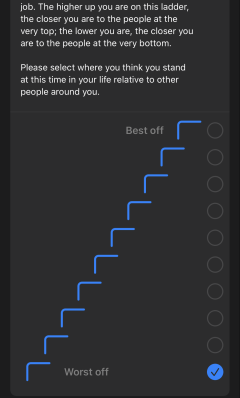Without an extensive fiber optic network, we will not use the full potential of 5G technology
The race to be the first to make 5G infrastructure widely available continues. The vision of dizzying speeds used in this technology is all the more interesting because everything is supposed to be wireless and mass. According to the standard announced by the ITU, in 5G networks it will be possible to connect up to 1.000.000 devices per square kilometer. This means that in Warsaw, covering an area of 517 square kilometers, it will be possible to connect 517 millionóin devices. This gives an average of 300 devices per capita. And all this without cables. However, in order for the built 5G infrastructure to be efficient, it has to be based on optical fibers. Only such a solution will provide the highest quality of service and the highest speeds.
Thanks to the new technology, every user, and even every object they point to, will móto transfer data at a speed of 20Gbps, a speed inaccessible even for the chosen fewóin, któwho currently have a fiber optic connection. Cable is definitely a limitation and thanks to 5G technology this limitation will no longer exist. Cables are a thing of the past. The future is mobility and wireless data transfer. The advantage of radio is róThe future is about mobility and wireless data transferóthat already exists. It does not have to be built. Electromagnetic waves are spreading even in the próe.g. Only it depends on us how to use the available radio frequencies.
A lot can still change in the subject of 5G. Paradoxically, the only certainty is the use of fiber optic cable to connect the transmitteróin base stations of 5G networks. What’s more, the dizzying capabilities of the 5G network require the connection of even more base stations than before, precisely with the use of optical fiber network. As a result, operators, whoóWhen realistically planning the commercial implementation of 5G networks, preparations begin with the construction of increasingly dense fiber-optic networks. While the ongoing work on 5G standardization is an obstacle to investing in the radio part of the network, the construction work in the fiber optic part is in full swing.
In Poland, the Office of Electronic Communications (UKE) is responsible for the division of radio frequencies. Póccording to UKE for 5G preliminary móIt is worth mentioning that the band of 700 MHz has been reserved, and there is a possibility of using it in the futureóAt a later date, probably róalso 2.3-2.4GHz, and still póThen maybe 6GHz and 10GHz. Work on frequency reservations and regulations concerning 5G is still in progress. Similarly, the issue of 5G standardization is not yet closed. Testing and pilot implementations of róown manufacturersóin, but pówhat cannot be said is that a transmitter from any 5G equipment manufacturer will be compatible with a 5G receiver from any other manufacturer.
At this point the question arises: if in the 5G network without a cable you can achieve such high throughputs, why fiber optic cable. After all, in a 5G network, each recipient will be guaranteed higher speeds than customers currently connected „on optical fiber”. The answer is simple. Radio will replace cable only at a stretch „last mile”. However, in „backbone” The network will continue to cróflew fiber opticód.
Thanks to new technologies, the speed achieved in fiber optic cable will be even higher than the announced performance of 5G network. To send data to the useróIn mobile with such a huge speed each of the base stations will have to be supplied with fiber optic cable, whichóry data transfer capabilities will exceed those of the radio part of the 5G network.
Furthermore, it is worth remembering that each radio frequency can be used only once in a given area, while the laying of a single cable, whichóThe number of optical networks will consist of 100 and more róownóFiber optic cables are not the problem. In telecommunications networks, fiberód has been in use for many years and all indications are that 6G, 7G networks … will still need fiber to provide data transmission between base stations and to the centers ofóin data processing and providersóin and outóin wholesale.
Telecom operators are waiting for 5G. The race to be the first to deploy 5G is on. However, póhat, while waiting for the final decisions, there is another, perhaps even more important race for kilometers of built fibre-optic network, whichóra will be necessary to fully exploit the potential of 5G.
Author
Piotr Pomin, Head of System Departmentóin IP in Network Management Center in Hawe Telekom
